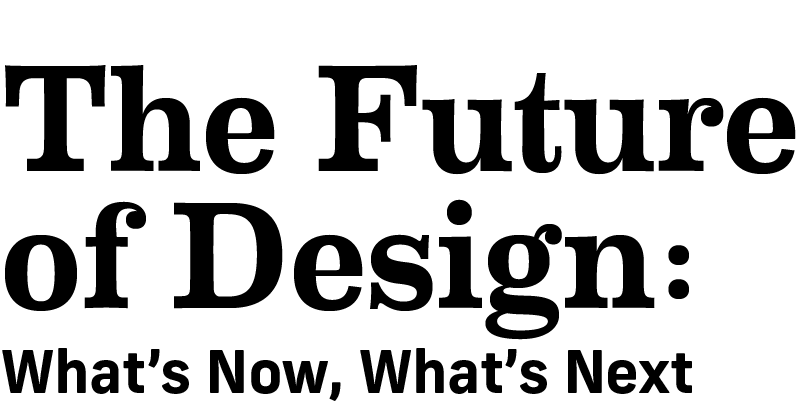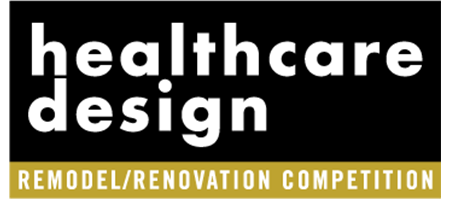HCD Rising Star: Emily Murrow, architect, HKS
In seven years as an architect focused on healthcare, Emily Murrow has distinguished herself at HKS (Dallas-Fort Worth, Texas) working on technically demanding projects in sectors such as behavioral health, acute care, and pediatrics. Her work has extended beyond documentation to detailing, code interpretation, consultant coordination, and quality control. Particularly, her attention to detail and deep understanding of behavioral health environments have been instrumental to fostering healing and well-being among patients and staff.
Graduating from Kansas State University in 2018 with a master’s degree in architecture, she joined HKS as an architectural professional and advanced first to job captain and now her current role as architect II. Among her notable projects, she is serving as the project architect during construction on the Dallas State Hospital in Dallas, one of the largest behavioral health projects in the firm’s portfolio. Still in construction, the 292-bed landmark facility will be the first state mental health hospital in the Dallas-Fort Worth area.
Murrow has been deeply engaged in safety and security reviews on projects. She also supported the development and assessment of functional mock-ups for interior and exterior systems, such as exterior glazing, interior millwork, and ligature-resistant components, to ensure the components not only met code compliance but also supported therapeutic care models.
Establishing herself as a mentor within HKS and across the industry, she leads junior staff in the nuances of detailing, documentation, and constructability. As she gains knowledge and learns lessons from the field as construction administrator on the Dallas State Hospital, she has been a key player in the development of internal resources to document and advance HKS’ best practices, including assisting in the development of behavioral health standards.
Path to healthcare design: I was first drawn to healthcare design during my semester long internship with HKS in its healthcare studio. That experience opened my eyes to the complexity and importance of designing for healing environments. The opportunity to speak directly with all users, from doctors at the highest level to the everyday operations personnel was unexpected. It was eye-opening to hear firsthand how our designs impact their workflow and inevitably the care they provide. That experience solidified my passion for creating environments that support both patients and those who care for them.
Describe your design approach: Purpose-driven design with a methodical attention to detail that is dedicated to meet users’ needs.
On your desk now: I am currently taking on a new role as a construction administrator on the Dallas State Hospital, a new mental and behavioral health facility in Dallas. I’ve been lucky enough to work on this project through early design and will continue into substantial completion. From site visits and punch walks to owner-architect-contractor meetings, being on-site multiple times a week alongside our senior construction administrator has given me the chance to see our documents take form in real time, learning and growing as an architect through it all. My involvement in the construction process after design has been worthwhile and an experience I believe is vital to every architect.
Most rewarding project to date: The new Dallas State Hospital. I’m happy to see states like Texas bring mental health to the forefront, investing in these facilities that have been neglected for decades. This is the second Texas mental behavioral health project I’ve been a part of. Early in my career, I worked on the San Antonio State Hospital in San Antonio, Texas, and was able to utilize the team’s learnings for the Dallas State Hospital. Dallas is my home base and working on this project has been an incredible opportunity.
What success means to you: I attribute much of my success to independence. Healthcare projects are highly complex, and I take pride in identifying areas I can take ownership of, applying knowledge from past experiences to move pieces forward efficiently. Being able to run with a task and return with well-informed solutions helps drive the project’s overall success and strengthens our team collaboration. I believe the success of everyone as an individual can only enhance the overall success of our project team.
Industry challenge on your radar: Staff retention is a huge issue within healthcare and especially mental and behavioral health facilities. Staff spaces are often an oversight compared to patient spaces. While patients may stay for days at a time, staff are in the facility week after week, making it essential to provide thoughtful environments that support their well-being as much if not more than patients. Investing in quality staff spaces leads to better patient care, improved retention, and reduced training costs. Caring for those who care for us should be a top design priority.
Find updates and additional information on the 2025 HCD Conference + Expo here.
Click here to read more about all of HCD’s 2025 Rising Stars.












